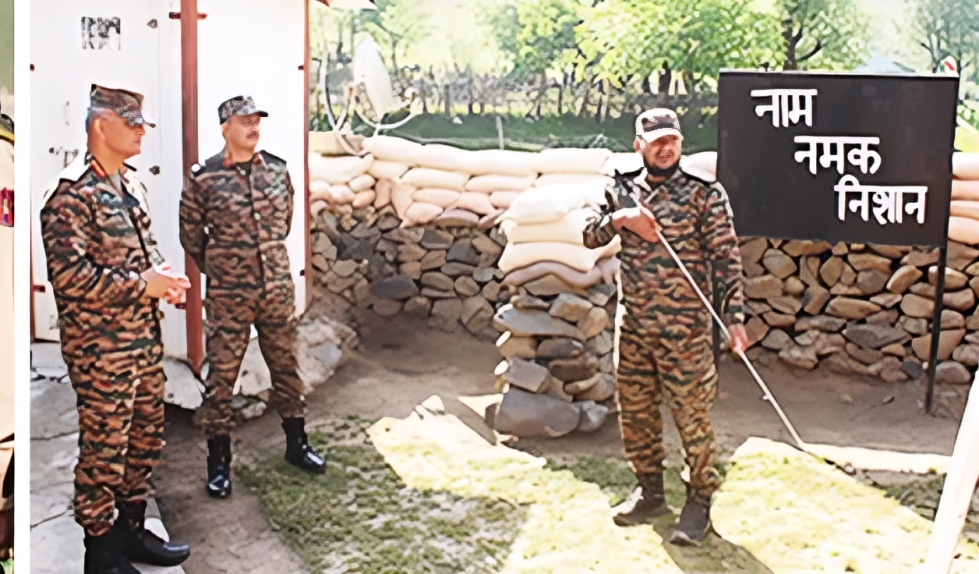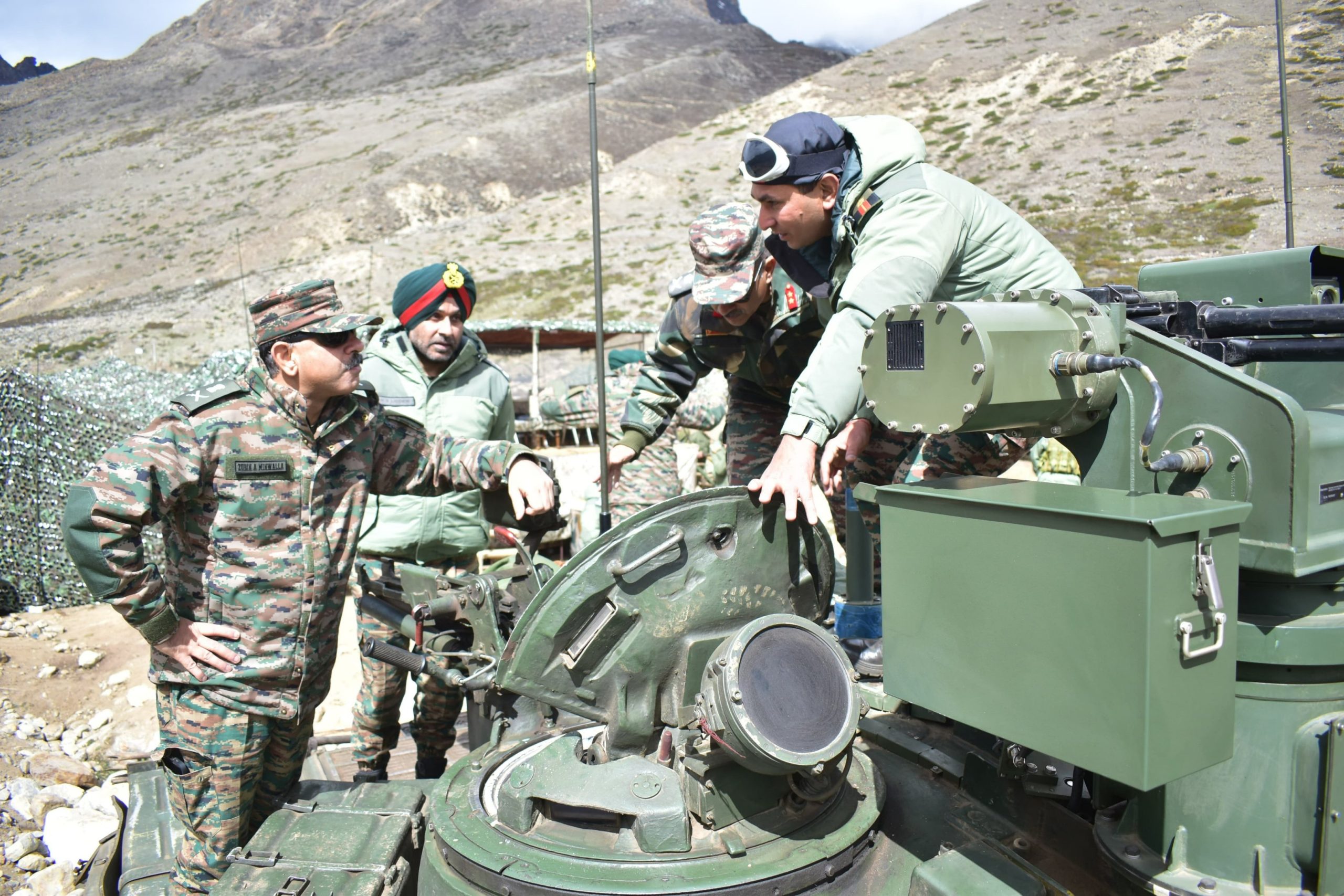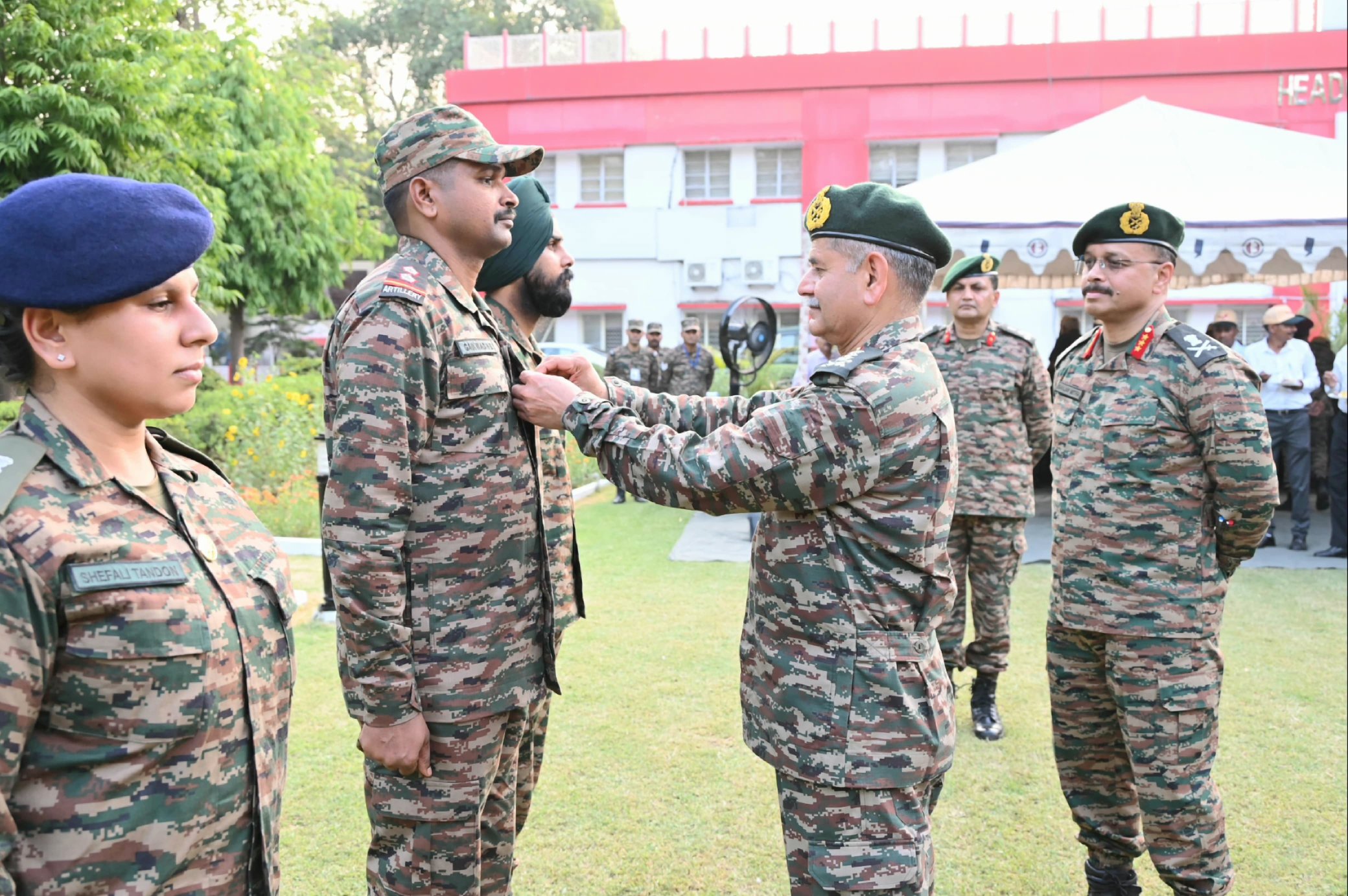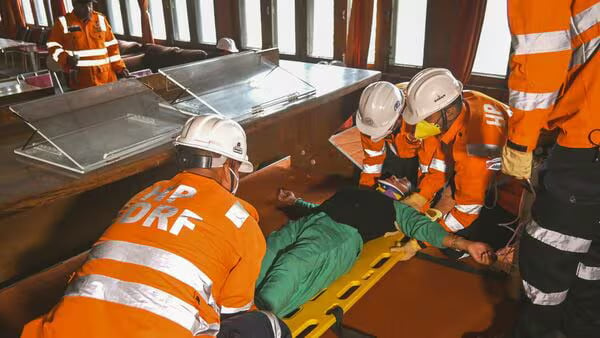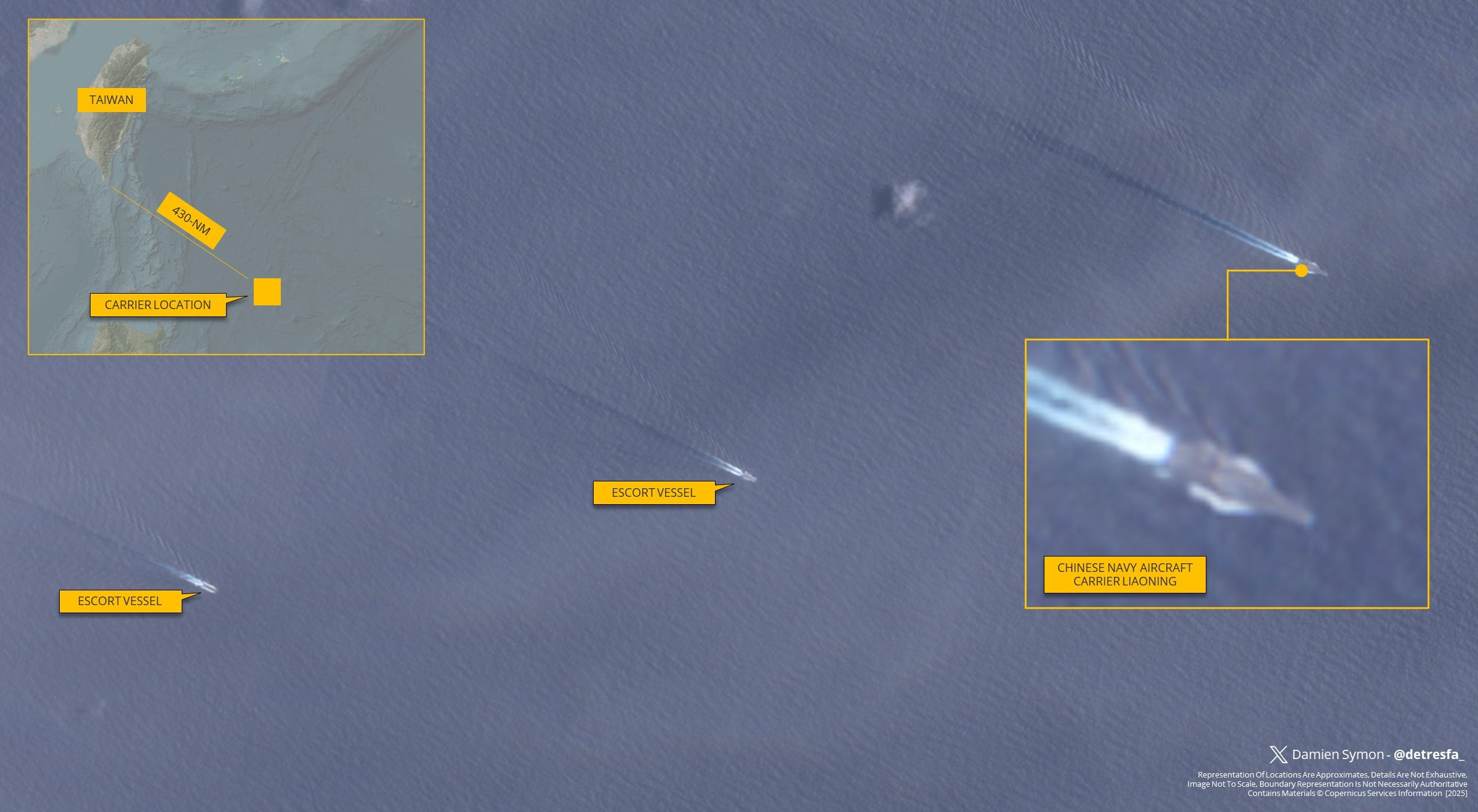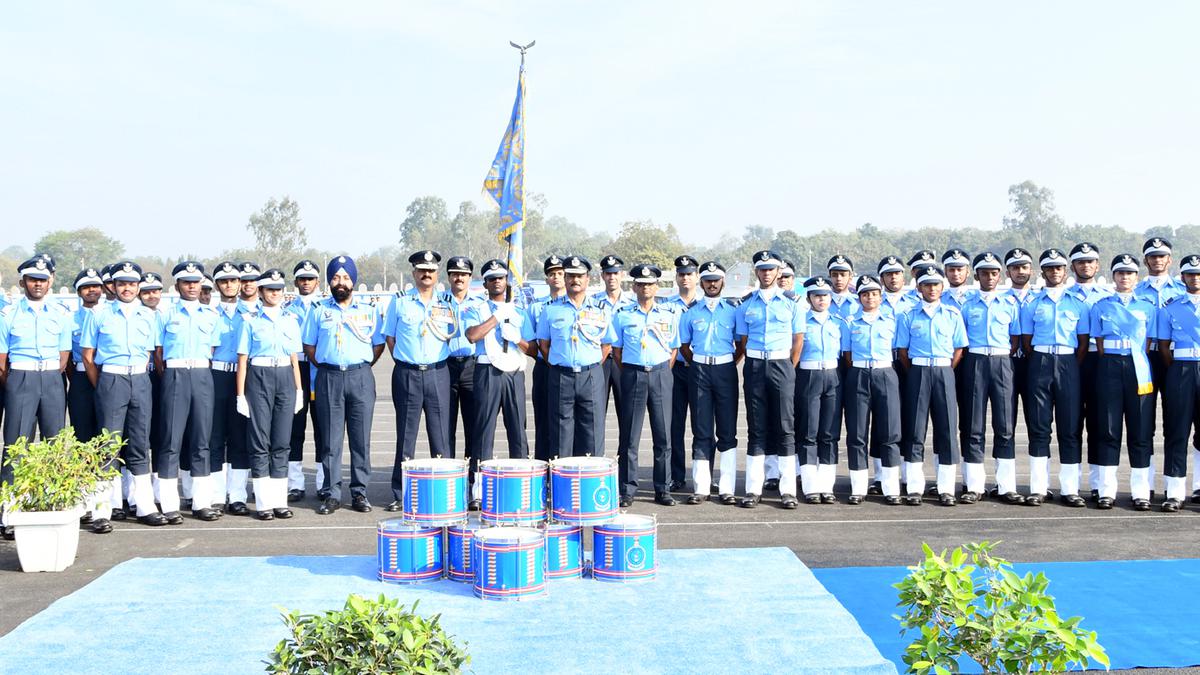Chinar Corps Commander Assesses Security, Strengthens Community Ties in Warwan Valley
In a vital outreach initiative, Lieutenant General Prashant Srivastava, Commander of the Indian Army’s Chinar Corps, visited the remote Warwan…
Trishakti Corps Enhances Combat Readiness in North Sikkim Amid High-Altitude Challenges
In a strong affirmation of India’s commitment to secure its eastern frontiers, Lieutenant General Zubin A. Minwalla, General Officer Commanding…
Army Chief General Upendra Dwivedi Reviews Red Eagle Division’s Combat Readiness
General Upendra Dwivedi, Chief of the Army Staff (COAS), conducted a detailed assessment of the operational preparedness of the Indian…
Rajasthan, Gujarat and Chandigarh Postpone ‘Operation Shield’ Civil Defence Drill
The civil defence mock drill ‘Operation Shield’, initially scheduled for May 29 in Rajasthan, Gujarat and Chandigarh, has been postponed…
Chinese Aircraft Carrier Liaoning Spotted Southeast of Taiwan
Satellite imagery captured early Wednesday has revealed the Chinese aircraft carrier Liaoning operating approximately 430 nautical miles southeast of Taiwan,…
Aquino Squadron Clinches Commandant’s Banner at AFA
Aquino Squadron has been awarded the prestigious Commandant’s Banner at the Air Force Academy (AFA), Dundigal, for the Spring Term…

